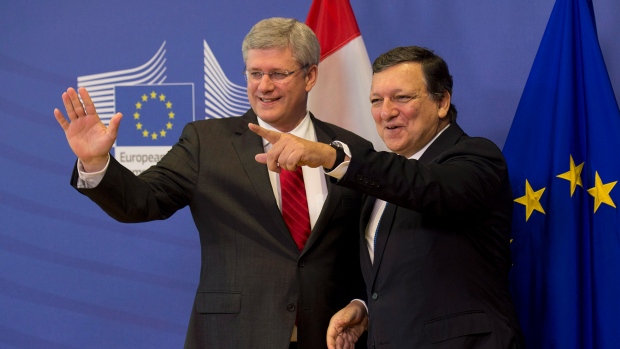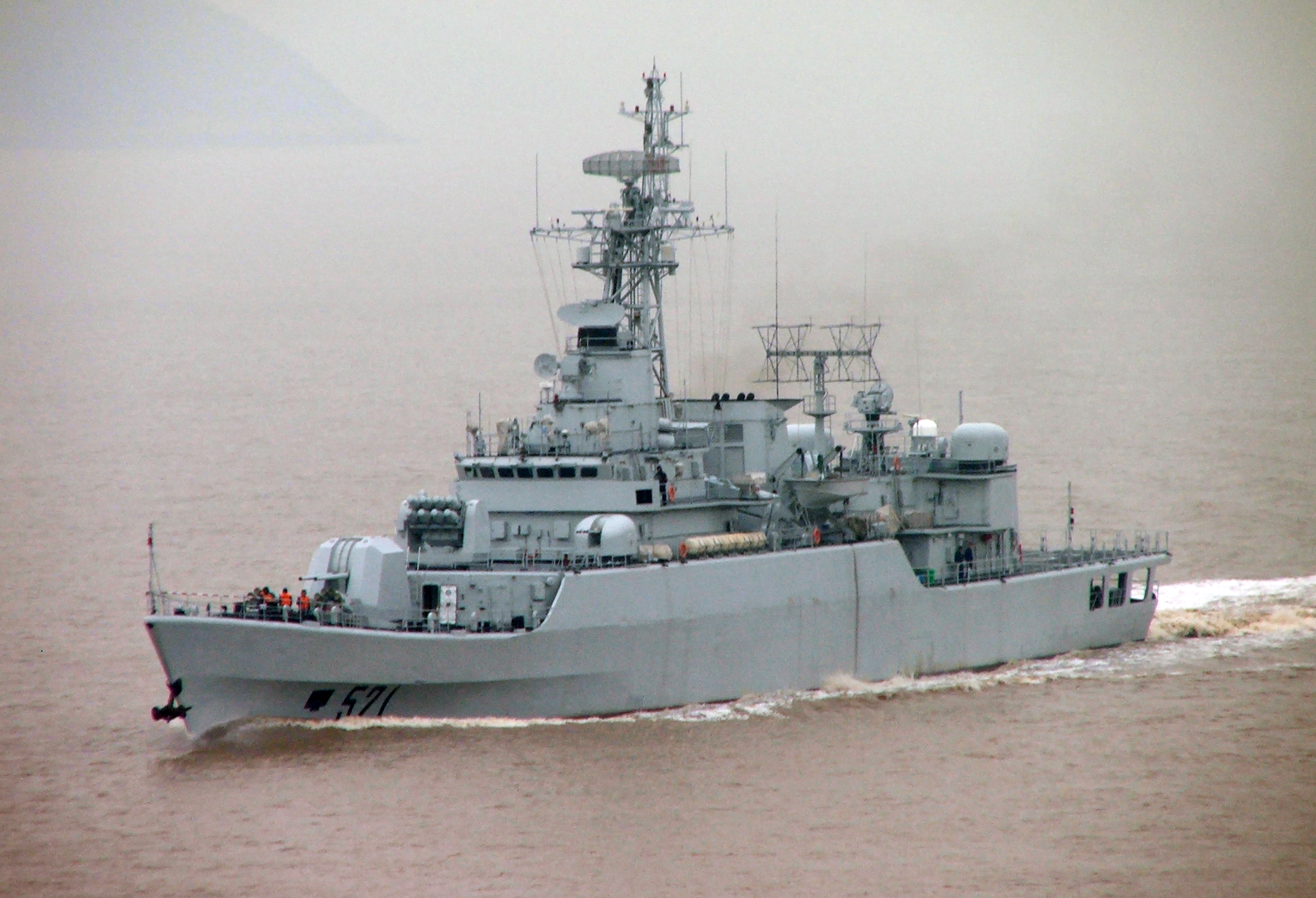[captionpix align=”right” theme=”elegant” width=”375″ imgsrc=”http://natoassociation.ca/wp-content/uploads/2013/10/dispute.png” captiontext=”The Senkaku Islands are the subject of a heated territorial dispute in the East China Sea.”]
Sino-Japanese tensions remain high in the East China Sea as Japan and China continue to posture aggressively in defense of their claims to the Senkaku Islands (also known as Diaoyu Islands to the Chinese). Diplomatic talks between top American and Japanese officials were conducted last week, in part to discuss the Senkaku dispute. Although Canada is not yet directly involved with the conflict, it is undeniably an issue of concern given Canadian political and economic relations with the various parties involved.
The primary motive behind sovereignty claims over the islands is due to the abundance of natural resources in the area, though not on the islands themselves. International maritime law stipulates that nations have jurisdiction over waters within a given distance from island territories. Sovereignty over the Senkaku Islands will qualify parts of the natural gas and oil deposits in the East China Sea, within 200 nautical miles from the islands, as the “Exclusive Economic Zone” of the country in question. This means that in addition to control over the energy resources, control of the Senkaku Islands will also grant control over fishing grounds in the area. Furthermore, the Senkaku Islands are situated in a geographically strategic location for military or naval bases.
Sovereignty over the Senkaku islands has always been ambiguous: although the Japanese officially annexed them in 1895, Chinese fishermen have been using them for centuries. The current dispute over the Senkaku Islands began with the signing of the Cairo declaration at the end of the Second World War, by which land conquered by the Japanese empire was returned or else granted independence. The Senkaku Islands, however, were placed under the trusteeship of the US who decided to return them to the Japanese in the 1970s. While the Chinese government remained passive on the issue, civilians were offended and Chinese fisherman continued to use the waters surrounding the island. More recently, the Japanese government purchased three of the islands from a private Japanese owner in 2010, provoking China’s new stance. Since then, both countries have maintained surveillance over the islands and Chinese naval vessels have been patrolling the islands since September 2012. In turn, Japan has deployed fighter jets numerous times in response to Chinese drones in Japanese airspace.
This conflict is exacerbated by mutual distrust between China and Japan. To the Chinese, the Japanese claim of the Senkaku Islands is reminiscent of historical Japanese imperialism. In turn, the Japanese are concerned about China’s increasing influence in the region. Anti-Japanese sentiments, which have been relatively dormant since Japan’s 1931 invasion of Manchuria, are indeed on the rise. A new generation of Chinese youth has organized several anti-Japanese riots. What’s more, a movement to boycott Apple products has been created in response to the iPhone 5 maritime maps which display two sets of identical islands, one named Senkaku and the other Diaoyu. Frustrated Chinese citizens associate the ambiguity of the maps with US foreign policy, even though these maps are created by a private corporation. Over 760 000 posts have been made on Weibo (a Twitter-like network in China) expressing anger at the United States for their support of the Japanese.
While Japanese civilians have not expressed similar outrage towards the Chinese claim, it is clear that the leadership is taking the issue very seriously. A “two plus two” meeting was conducted last Thursday when the Japanese Foreign Minister Fumio Kishida and Japanese Defense Minister Itsunori Onodera met with the US Secretary of State John Kerry and US Defense Secretary, Chuck Hagel, to strengthen the American-Japanese alliance. While much of the discussion focused on a response towards alleged cyber attacks from China, the issue of the Senkaku Islands received appropriate attention. Indeed, shortly after the talks, Japanese officials alleged that the US has promised support for the Japanese claim despite lack of confirmation from Washington.
Given the geographical location of the Senkaku dispute, it may appear to have little significance to Canadians. Nonetheless, should tensions escalate, we would be in a distinctly uncomfortable position. Given Canada’s peacekeeping tradition, it may seem likely that Canada would be contribute in some way to a multilateral peace effort. However, as a strong ally of the US, Canada may instead support Japanese claims. In this case, Canadian economic interests are unquestionably at stake given the extent of our trade ties to China.




